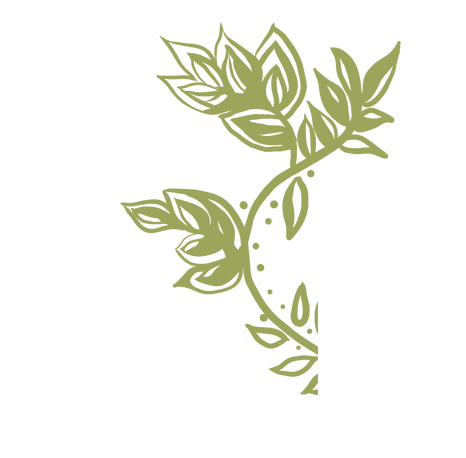
FLOUR
Making flour is the way of life, whoever messes with the roasting can't bathe afterwards, the hot body when wet constipates. Only tomorrow to wash.
On the way to the community, along the road you can see several flour mills. Everything is planted in the fields, but the flour is made all year round and is part of the community's tradition. Waters”. O important is to know when to take the root out of the ground. Knowing how to differentiate “Brava” from “Mansa”, cassava from cassava.
Whoever is born in our land learns how many types of cassava there are and that cassava is used to make everything from ice cream to tapioca, from cake to beijú, from flour to puba.
The flour is made in stages: Peeling, Grating, Pressing and Roasting.



The Peel
Peeling cassava is working talking, singing, games, advice, verses, jokes. During the shelling, children, neighbors, visitors, outsiders, anyone who arrives at that time gathers. Everyone works in the flour without being ordained. Flour is spontaneous like life. It starts when it has to start and ends when it has to end. Each helper takes his scrap, as a thank you.


O Grating


You have to grate. The same “grating” that separates corn from couscous also separates cassava from flour.
In Agouti, not long ago the drains were manual graters, but with the arrival of electricity in the community this was replaced by the industrial electric grater. The machine and the motor are protected by a wooden box due to the excessive dust in the room and the mass of what used to be roots falls into a masonry trough to be taken to the press.
This mass is then pressed, sieved and toasted.
Pressing
The dough is all ready, grated is the intermediate step until the flour reaches its final point. The soaked dough must be dehydrated and then toasted in order to be stored.
The dough goes to the wooden press, the pressing is done in spindle, hydraulic or ratchet presses. The press is filled with mass divided into well-distributed layers, the cassava mass must be placed evenly and leveled in burlap or nylon canvas bags, which will be stacked on the mechanical press until reaching the right height, placing a wooden partition a to optimize the process of reducing humidity. The pressing is carried out by means of the pressure of a steel cable, which passes through a pulley mounted on a wooden tower, pulled by a wooden ratchet. The tower is placed centrally over the cassava mass packed in the mechanical press. After 1 hour of pressing, the dough reaches the ideal point to be removed from the press and sieved and then roasted.



the roast



Describe your image

The pasty dough grated during the roasting stage will now be put in the oven to gain the appearance of dry flour, to lose moisture and be able to last for months without spoiling.
Ready-made flour, dried and toasted, can last for years without losing or molding.
A few generations ago, the oven was manually made with the aid of the roasting tool, a small squeegee made of wood, light and very long, designed to reach any point on the circumference of the plate. Standing erect as a warrior, in front of the stone oven, the Cutian remains at work stirring the flour in a back-and-forth movement, scraping the dough back and forth, without ceasing. Thus, in a fluid dance, the flour moves rhythmically along the slopes of the oven, being taken from here, pulled there... It gracefully tints the heat of the furnace, passing over the embers, gilding, without ever burning.
Currently, this dance is performed by mechanical blades, the automatic mechanized oven is still accompanied by the trained eyes of the old toasters who do not trust the efficiency of the machine that does not dance. Flour cannot stand still, the unless you want to let it burn. The end point of flour roasting is a secret accessed only by those who have the sensitivity to perceive it, demanding their presence at the edge of the griddle.
When “the flour pops in your mouth” the right point has arrived, you can sell the dish.
On each day's plate, on the day of each dish, flour is made.


